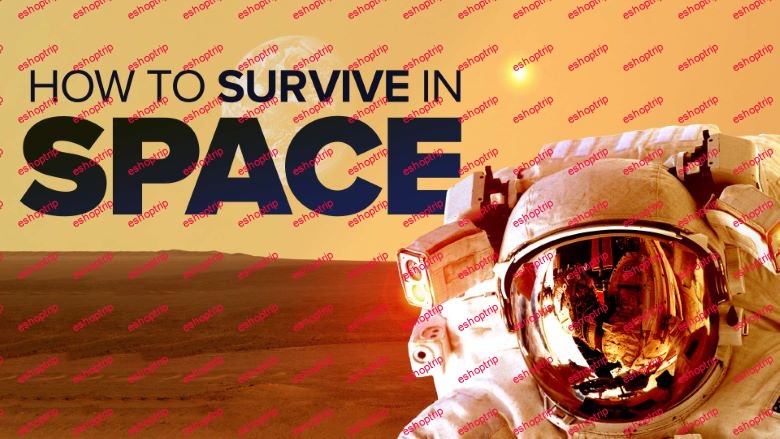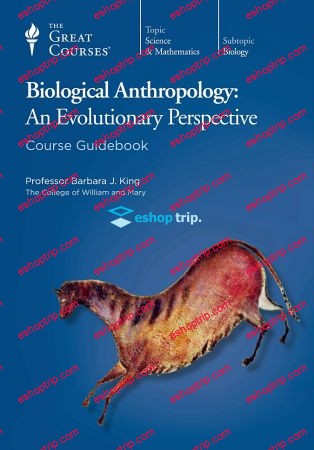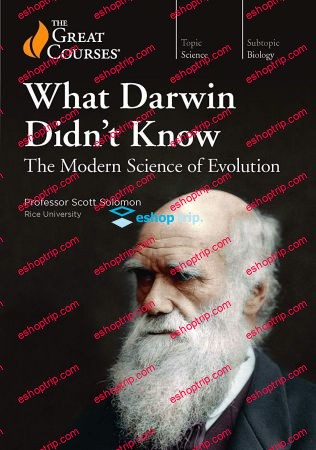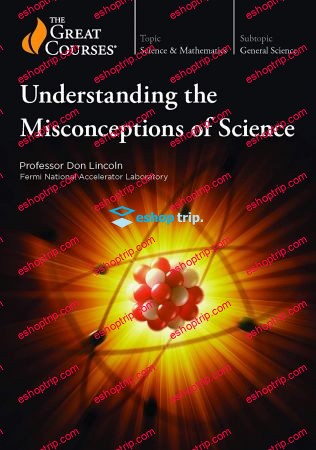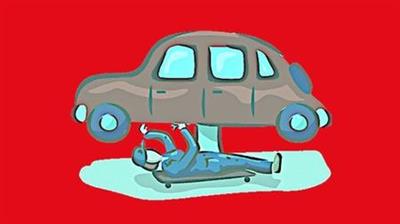Released 3/2024
MP4 | Video: h264, 1280×720 | Audio: AAC, 44.1 KHz, 2 Ch
Genre: eLearning | Language: English | Duration: 12 Lessons ( 5h 51m ) | Size: 4.9 GB
Space is out to kill you. The vacuum of space is the least of your worries, though, since just getting there requires surviving explosions powerful enough to escape Earth’s gravity—the rocket launch. Once you arrive, you will be weightless, which has its own array of health risks. Space is also saturated with radiation, including high-energy cosmic rays that can penetrate the hull of any spacecraft. Returning to Earth isn’t just a launch in reverse. This time, you must survive reentry temperatures hot enough to melt steel.
Yet for all the perils of spaceflight, over 600 people have made the trip. Drawing on the hard-won insights of NASA astronauts and space researchers, this exciting 12-lecture course is taught by a veteran biomedical space researcher. In How to Survive in Space, you will learn about the dangers and inconveniences astronauts face while in space and what it takes to survive.
Your expert space researcher guide is Ronke Olabisi, Associate Professor of Biomedical Engineering at the University of California, Irvine. Her detailed presentation will satisfy even the most ardent space enthusiast, immersing you in the tricky business of living beyond Earth’s atmosphere. Space travelers must be prepared for a variety of trials and tribulations, such as
Microgravity: Another term for weightlessness, this state of ceaseless free-fall induces violent nausea in many astronauts, which usually fades after a day or two. However, serious physiological effects are more long-lasting.
Eating: Space is a good place to lose weight, since the food is generally mushy and unpalatable, and taste buds are dulled by side effects of microgravity. After digestion, answering nature’s call can be challenging to say the least.
Bathing: Astronauts work up a sweat exercising to stave off muscle atrophy, but they are restricted to only sponge baths due to water rationing. Additionally, they have limited clothing. An astronaut even compared the cabin smell to an odor of being in a jail.
Nevertheless, space is an adventure unlike any other. Dr. Olabisi covers a variety of past, present, and future missions. She covers the Apollo lunar landings; life aboard the International Space Station; and 21st-century expeditions to the Moon, Mars, and even asteroids.
Learn Why Space Missions Are No Bed of Roses
How to Survive in Space opens with the pre-launch routine that astronauts typically follow to get ready for a mission, much like a marathoner preparing for a race. One crucial step is readjusting sleep cycles to match the schedule that will be followed in space. For example, while in Earth orbit, an astronaut will experience a sunrise and sunset occuring every 90 minutes, providing no clue about when to start and end their day. Instead, crew members usually observe the schedule at mission control—a practice also followed while on the Moon, where day and night last for two weeks each.
Other pre-launch preparations include medical check-ups, a precautionary bowel cleanse, and quarantine. Before the countdown to launch begins, astronauts suit up and recline in form-fitted seats inside the spacecraft. Then, following ignition, takeoff—an explosion of hot, high-velocity gases—launches the spacecraft toward outer space. As the vehicle gains speed, g-forces mount, but acceleration is kept under the level that would cause blackout and injuries.
Once in orbit, the rocket expends itself, and suddenly everything is weightless. Astronaut videos make this state look like a funhouse romp, but it’s no picnic. Aside from intense, usually temporary, motion sickness, weightless astronauts also face various perils
Osteoporosis: The absence of a gravitational load in microgravity causes bones to lose density, increasing the risk of fractures and debilitating problems like kidney stones. Astronauts must compensate with diet and exercise.
Microbes: Microgravity, the closed cabin, and the difficulty of cleaning surfaces, not to mention the astronauts themselves, all contribute to the growth of microbes, including ones that have uniquely evolved in the weightless environment.
Drowning: In microgravity, a leak of water coolant in spacesuits has led to near drowning in at least two spacewalks. Instead of draining to the bottom of the suit, the water collects in a sphere that grows ever larger in the astronaut’s helmet.
Discover How Hollywood Gets It Wrong
For most of us, movies are the primary window into the world of spaceflight. Unfortunately, the demands of plot routinely lead scriptwriters to invent, exaggerate, or otherwise mislead viewers about the realities of the experience. How to Survive in Space serves as an enlightening corrective to the following Hollywood howlers
Vacuum Fallacies: Astronauts exposed to the vacuum of space are invariably shown freezing or exploding, or facing gale-force winds if their spacecraft is ruptured. While a vacuum is indeed dangerous, its effects are far less cinematic.
Don’t Try This: One film shows an astronaut punching a hole in his spacesuit to use the escaping air for emergency propulsion. Not a good idea! The thrust would be insufficient to move the astronaut, who would quickly succumb to the bends.
Return to Earth: In the movies, returning space travelers are usually depicted striding triumphantly from their ship. In fact, if they had been away for any length of time, they would be crawling due to the sudden experience of gravity.
On the other hand, the film industry did get at least one thing right in the 1929 German drama The Woman in the Moon, which introduced the countdown for the first time as a prelude to a space launch. Real rocketeers later adopted the backward count to zero as the most efficient way to organize a checklist and coordinate actions. The countdown also adds a fitting degree of suspense!
Who Will Lead the Way?
Dr. Olabisi busts one of the biggest myths about space: that men are the logical sex to lead the way to this final frontier.
It turns out that female astronauts have many advantages over their male counterparts. Women weigh less and, therefore, cost less to send into space. Women can withstand higher g-forces during launch without passing out. Women are less susceptible to vision problems from microgravity. They are more psychosocially resilient in the extreme isolation and confinement of space. And they are less cognitively affected by radiation, which combined with all the other space stressors contributes to what astronauts call the “space stupids.” They clearly have the “right stuff.”
But whatever your gender or age, short of joining the astronaut corps or spending a fortune to buy a ticket as a space tourist, How to Survive in Space is your gateway to an adventure that is truly out of this world!
What Will You Learn?
Discover how astronauts handle the perils of spaceflight
Explore the ways astronauts prepare for a space mission
Study the freedom (and health effects) of microgravity
Investigate space radiation and its hazards
Learn how astronauts work safely outside spacecraft
Homepage
https://anonymz.com/?https://www.thegreatcourses.com/courses/how-to-survive-in-space
